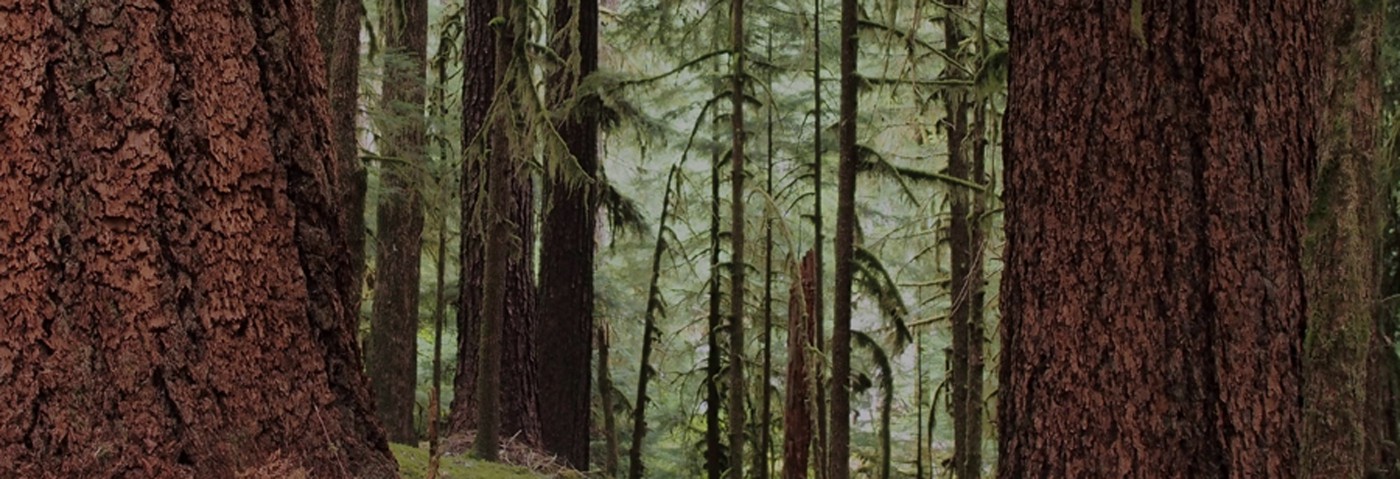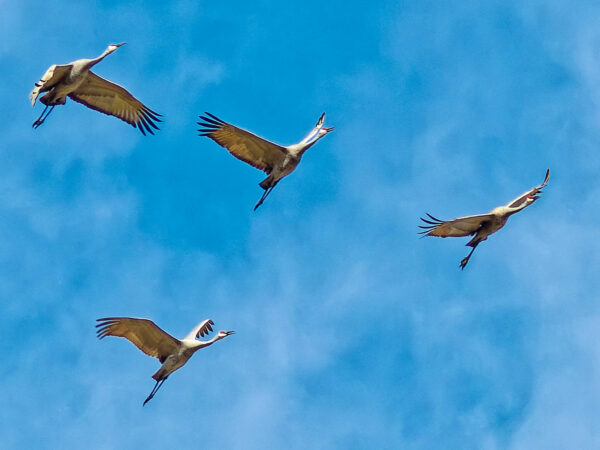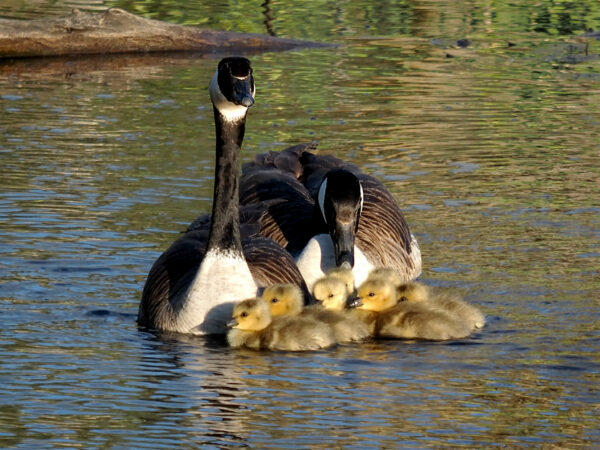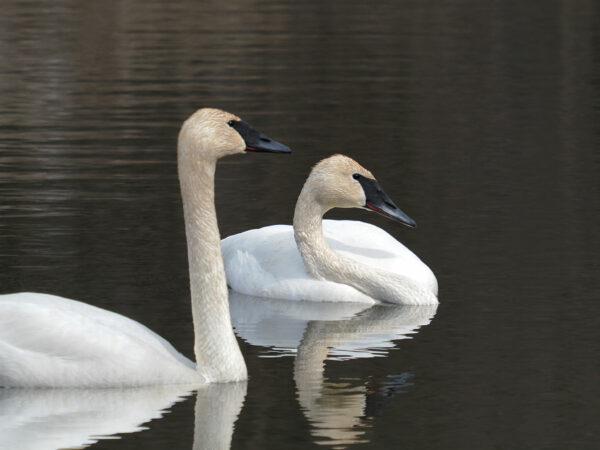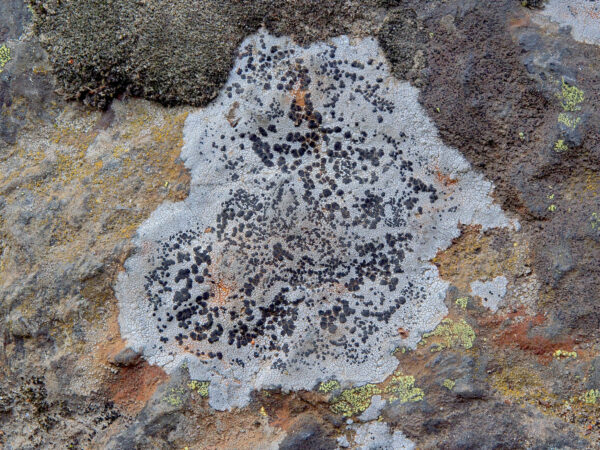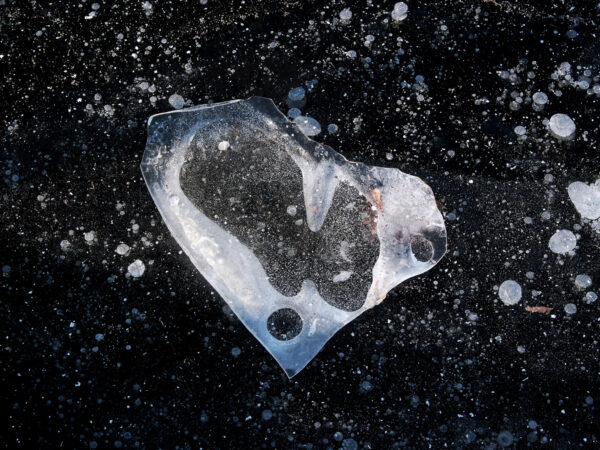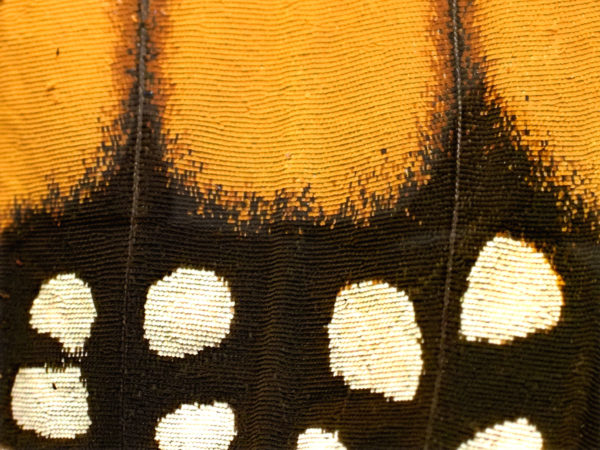Magnetic Migration
Our migratory kin travel south in the fall and back north in the spring. They do this over distances of hundreds or thousands, even tens of thousands of miles. How is this possible? Let us side-step the question of how different species manage to obtain enough energy to fly, walk, or swim for such distances and ask the other big question: How do they know in what direction they should be traveling?
